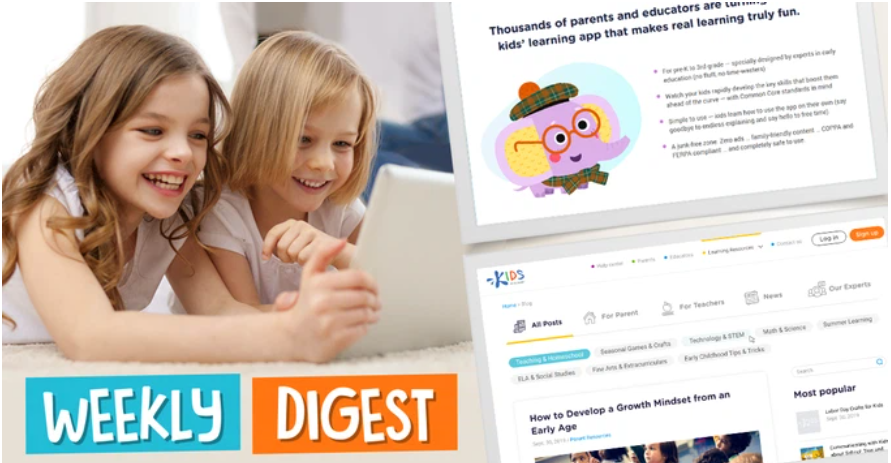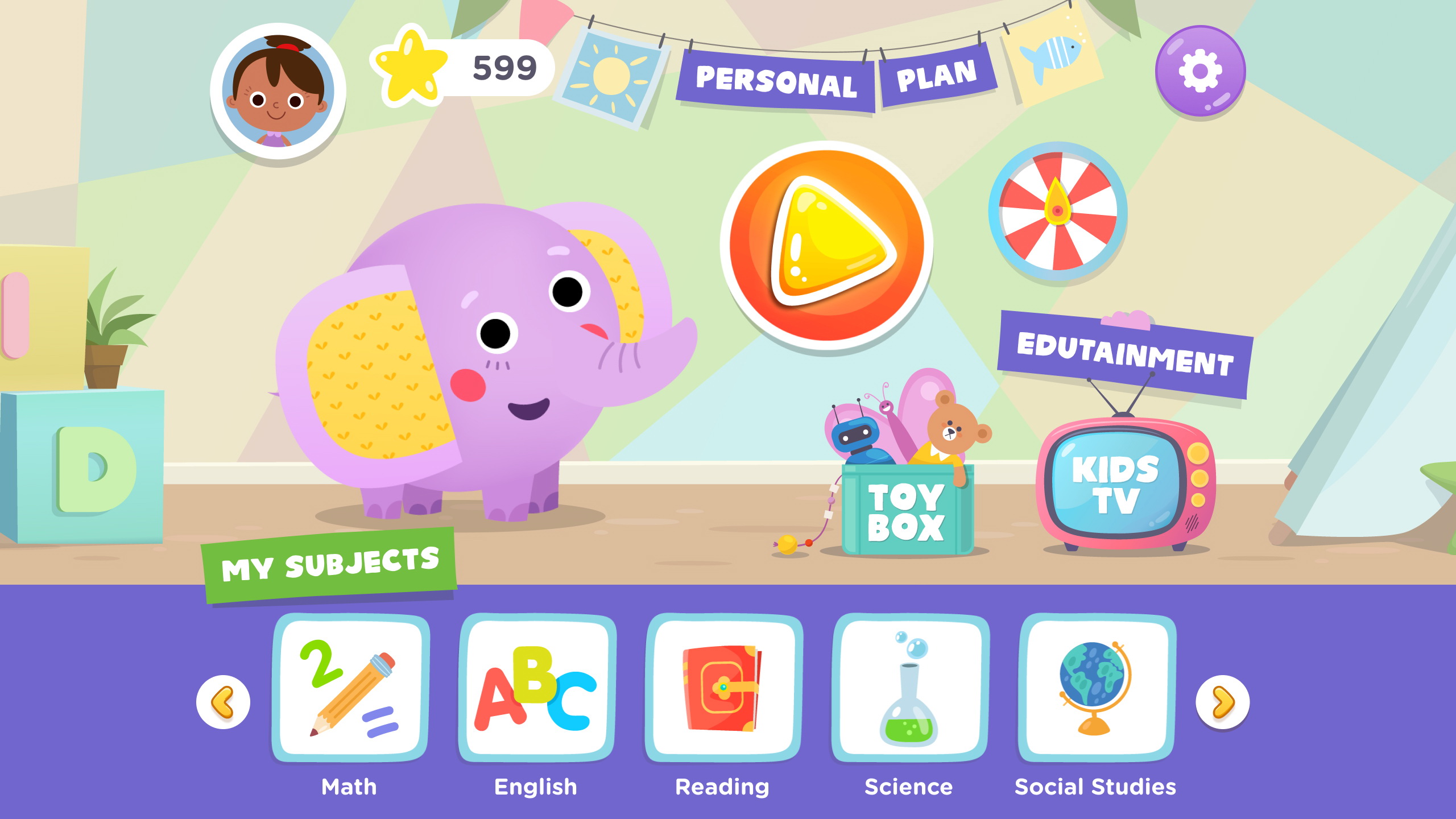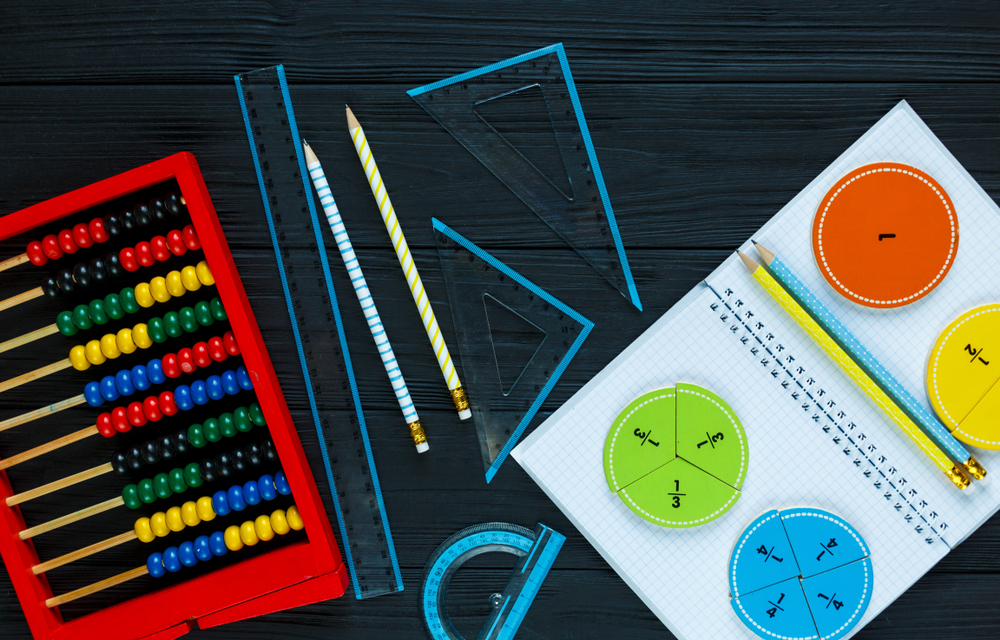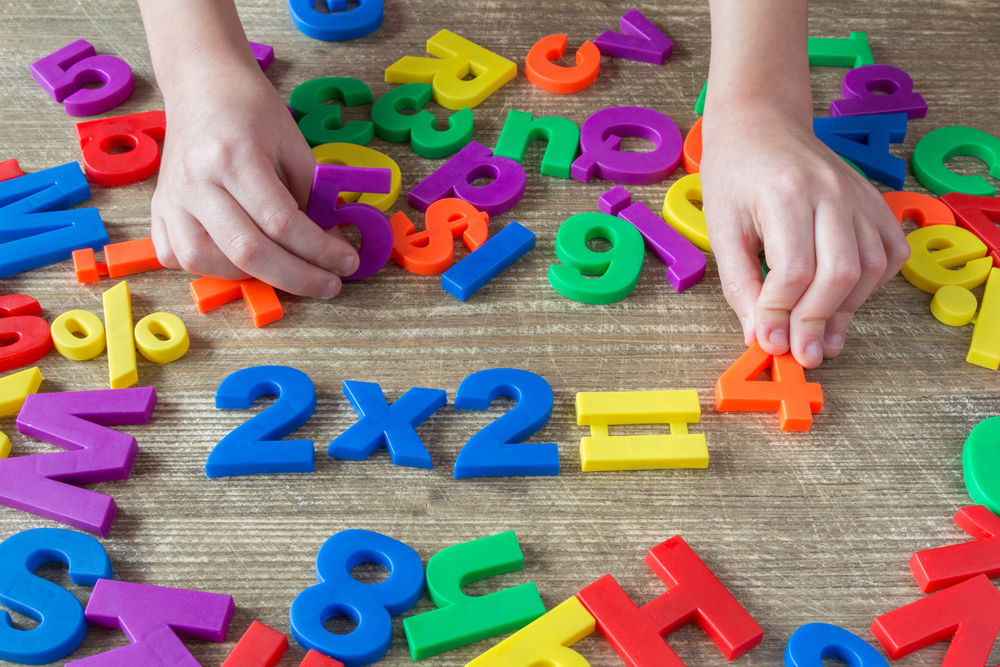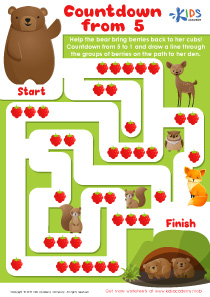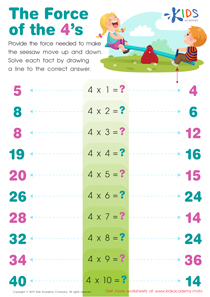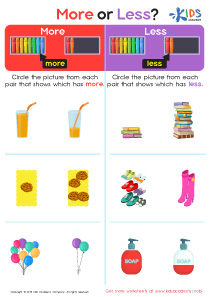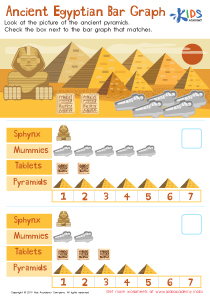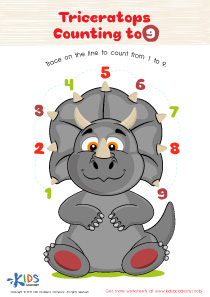Time reading skills Easy Time Worksheets for Ages 7-9
3 filtered results
-
From - To
Enhance your child’s ability to read and understand time with our "Easy Time Worksheets for Ages 7-9." Designed specifically for 2nd and 3rd graders, these worksheets make learning to tell time both fun and educational. Through a variety of engaging and colorful activities, children will master reading clocks, understanding AM and PM, and calculating elapsed time. Our expertly crafted worksheets support teachers and parents by providing valuable practice that aligns with school curriculums. Boost your child's confidence and skills in time reading, setting them on the path to academic success. Unlock the fun of learning time today!
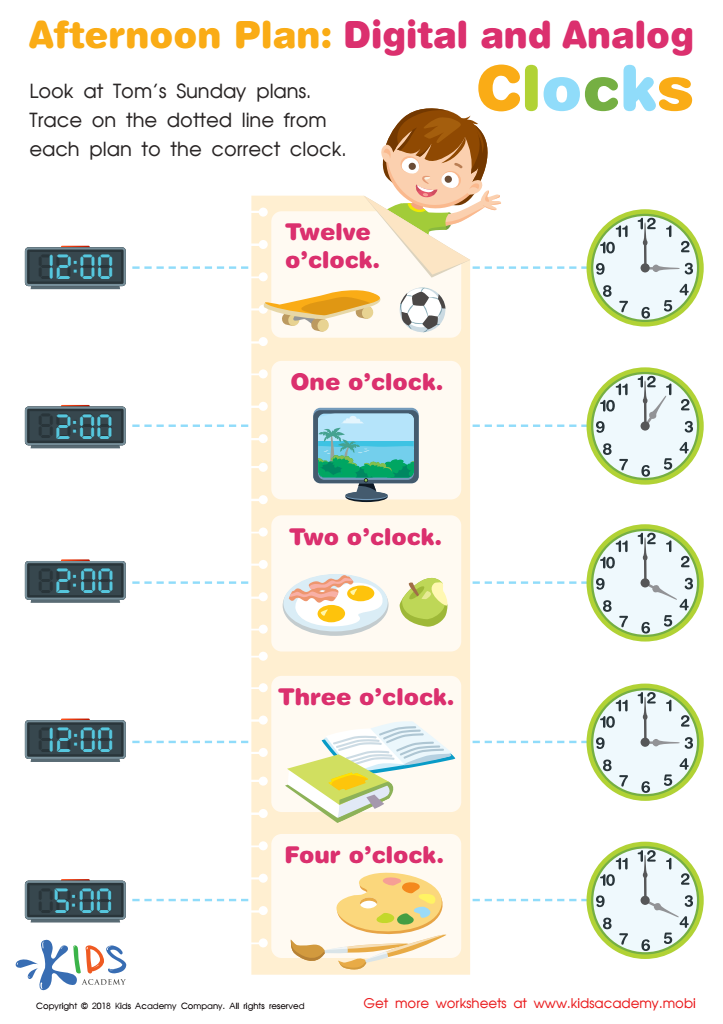

Afternoon Plan: Digital and Analog Clocks Worksheet
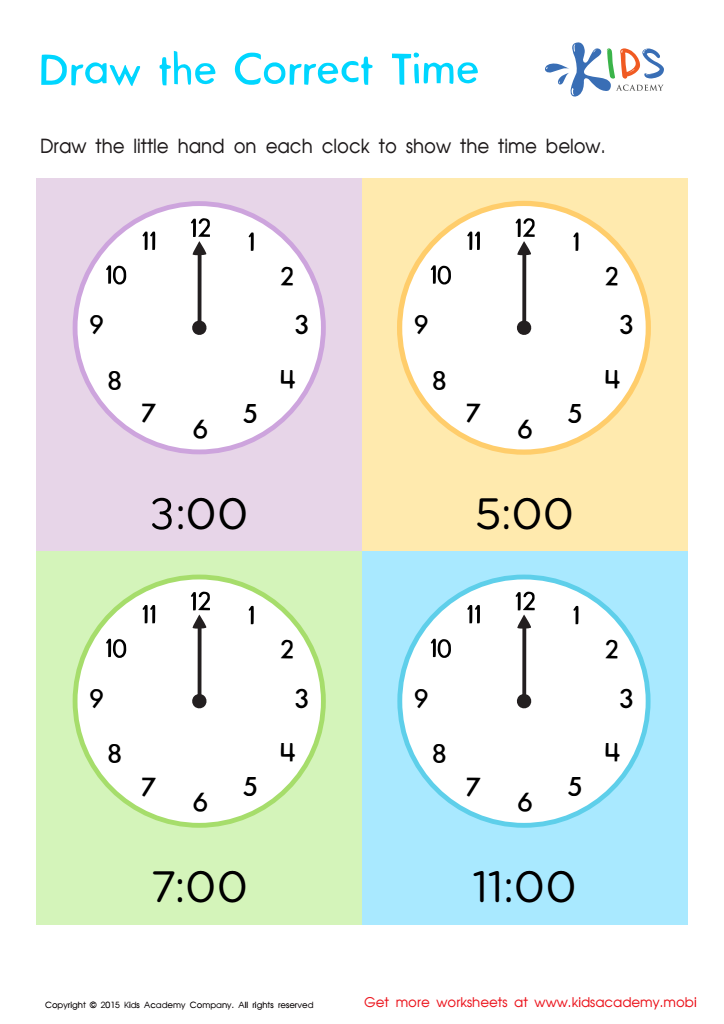

Telling The Time Worksheet: Part 1
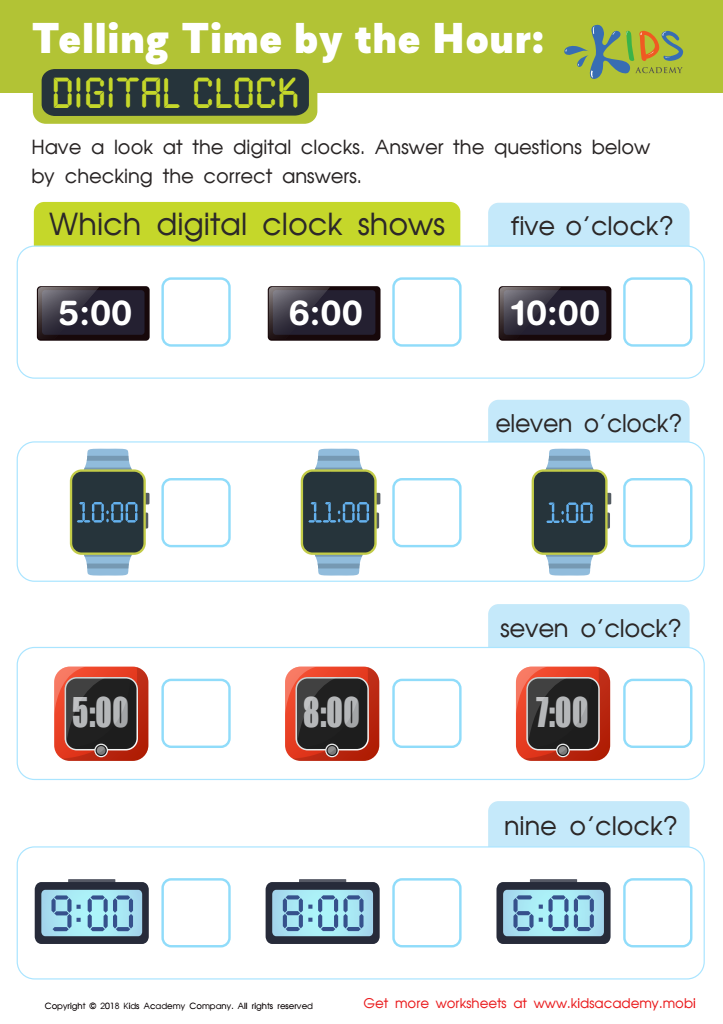

Telling Time by the Hour: Digital Clock Worksheet
Developing strong reading skills during the ages of 7-9 is crucial for a child’s academic and personal growth. At this stage, children transition from learning to read to reading to learn. Parents and teachers should prioritize "Time reading skills" as an essential part of early education, since proficient readers are better equipped to comprehend useful information, follow instructions, and enjoy a wider variety of literature.
Effective reading habits stretch beyond academics. Time management in reading trains youngsters to allocate appropriate durations for coursework and leisure reading. This balance is fundamental as it fosters discipline, enhances concentration, and nurtures a love for lifelong learning. In a time when attention spans are largely fragmented by digital distractions, guiding kids on how and when to read different materials instills better focus and comprehension skills.
Moreover, early time reading skills cultivate critical thinking. A child who grasps when and how to decode information develops stronger analytical capabilities, beneficial for problem-solving. Reinforcing these skills empowers kids to progress confidently in other subjects, such as science or history, making them more competent and resilient learners.
Therefore, by caring about reading at this pivotal age, adults lay down a solid foundation for children's future academic achievements and personal development. It’s an investment in their long-term proficiency and joy in learning.
 Assign to My Students
Assign to My Students



